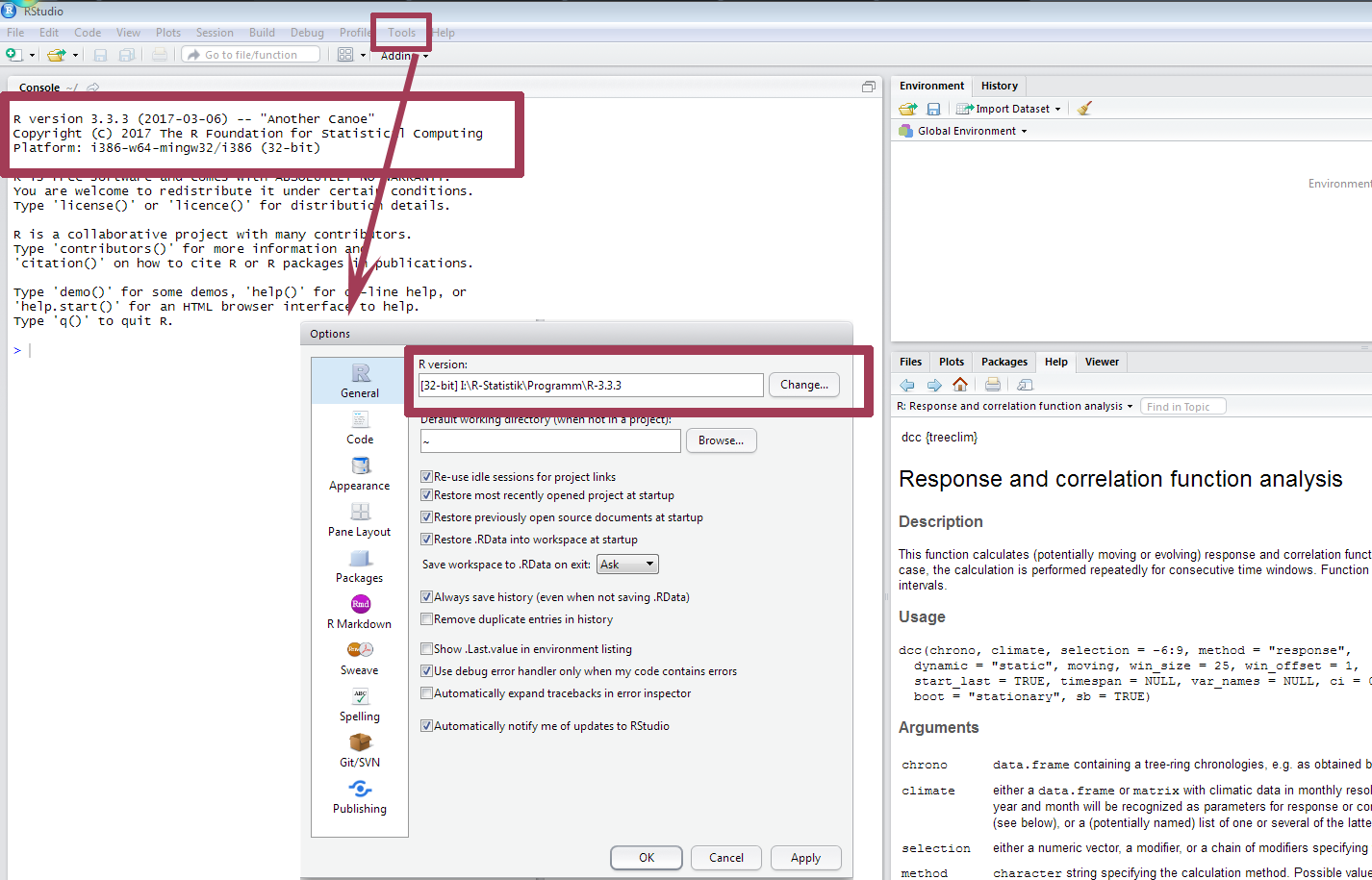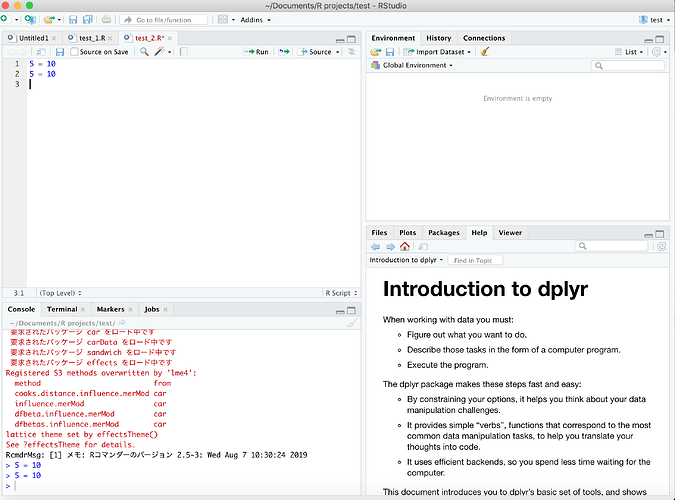

Go to Tools > Shell and do this, substituting the URL for your GitHub repo. Initiate the “upstream” or “tracking” relationship by adding a remote.

Why setup your R projects this way? There’s a big advantage to the “Github first, then RStudio workflow: the remote GitHub repo is now the “upstream” remote for your local repo. Look in RStudio’s file browser pane for the README.md file.
#CHECK RSTUDIO VERSION DOWNLOAD#
This should download the README.md file that we created on GitHub in the previous step.

Click “Create Project” to create a new sub-directory, which will be all of these things:.I suggest you check “Open in new session”, as that’s what you’ll usually do in real life.For repositories you create in this course, you can setup a cfss directory and clone all your repos there. Don’t scatter everything around your computer - have a central location, or some meaningful structure. Decide where to store the local directory for the project.Do you NOT see an option to get the Project from Version Control? Make sure RStudio can find Git.In the “repository URL” paste the URL of your new GitHub repository. File > New Project > Version Control > Git.SSH: use 2: Clone the new GitHub repository to your computer via RStudio.Remember which authentication method you configured when you set up Git. C:/Program Files (x86)/Git/bin/git.exe (Windows).If it still doesn’t work, quit and re-launch RStudio if there’s any doubt in your mind about whether you opened RStudio before or after installing Git.įrom RStudio, go to Tools > Global Options > Git/SVN and make sure that the box Git executable points to the Git executable. If Git appears to be installed and findable, launch RStudio and try again.

If you are not sure where the git executable lives, try this in a shell: If you get a complaint about git not being found, it means installation was unsuccessful or that it is not being found, i.e. RStudio can only act as a GUI front-end for Git if Git has been successfully installed AND RStudio can find it.Ī basic test for successful installation of git is to simply enter git in the shell. If this worked, you can delete the project.Do you see a “Git” tab in the upper right pane, the same one that has “Environment” and “History”? If yes, good. Give this test project a name and click “Create Project”.Do you see a checkbox “Create a git repository”? If yes, good. Do you see an option to create from Version Control? If yes, good. Make sure RStudio can find Git If everything installed correctly… You only have to do this once per machine.


 0 kommentar(er)
0 kommentar(er)
